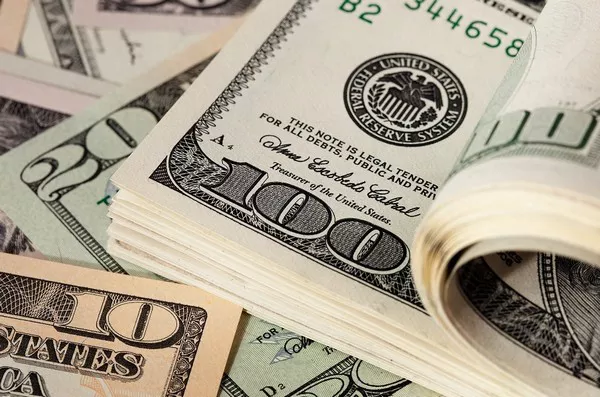The U.S. dollar (USD) is not only the primary currency of the United States but also holds a unique and significant role in the global financial system. Beyond its use within the U.S., the USD’s demand as an asset extends to non-U.S. banks, institutions, and investors. In this article, we will delve into the intricacies of the non-U.S. bank demand for U.S. dollar assets, exploring the reasons behind this demand, the various types of assets involved, the implications for global markets, and the factors influencing the dynamics of this demand.
Reasons for Non-U.S. Bank Demand for U.S. Dollar Assets
1. Reserve Currency Status: The U.S. dollar’s status as the world’s primary reserve currency makes it an attractive asset for central banks and financial institutions globally. Holding USD assets provides stability and liquidity, which are essential for maintaining financial stability and facilitating international trade.
2. Diversification Strategy: Non-U.S. banks often adopt a diversification strategy to manage their asset portfolios effectively. Holding U.S. dollar assets alongside other currencies can help mitigate risks and protect against currency fluctuations.
Types of U.S. Dollar Assets
1. U.S. Treasury Securities: U.S. Treasury securities, including Treasury bills, notes, and bonds, are considered some of the safest and most liquid assets in the world. Non-U.S. banks invest in these securities to preserve capital and generate steady returns.
2. U.S. Corporate Bonds: Non-U.S. banks may also invest in U.S. corporate bonds to earn higher yields compared to government securities. Corporate bonds offer varying levels of risk and return, allowing banks to tailor their investment strategies to their risk tolerance.
3. U.S. Equities: Non-U.S. banks may hold U.S. equities as part of their investment portfolios. U.S. stock markets offer diverse opportunities, and banks may invest in well-established companies across various sectors.
Implications for Global Markets
1. Influence on Exchange Rates: The demand for U.S. dollar assets by non-U.S. banks can influence exchange rates. High demand for USD assets may lead to an appreciation of the U.S. dollar relative to other currencies.
2. U.S. Monetary Policy Impact: The non-U.S. bank demand for U.S. dollar assets can affect U.S. monetary policy. High demand for U.S. Treasuries can influence interest rates and the Federal Reserve’s policy decisions.
Factors Influencing Non-U.S. Bank Demand
1. Economic Conditions: Economic conditions, both domestically and globally, play a significant role in shaping non-U.S. bank demand for U.S. dollar assets. Economic stability and growth prospects impact investment decisions.
2. Interest Rate Differentials: Interest rate differentials between the U.S. and other countries can drive demand for U.S. dollar assets. Higher U.S. interest rates can attract foreign investment seeking better returns.
3. Geopolitical Factors: Geopolitical events and uncertainties can impact the demand for safe-haven assets, including U.S. dollar assets. During times of global instability, non-U.S. banks may seek refuge in these assets.
Managing Currency Risks
1. Currency Hedging: Non-U.S. banks may use currency hedging strategies to manage risks associated with holding U.S. dollar assets. Hedging tools, such as forward contracts, options, and swaps, help banks mitigate potential losses due to currency fluctuations.
2. Diversified Portfolios: Diversification remains a key approach to managing currency risks. By holding a diversified portfolio of assets denominated in various currencies, non-U.S. banks can reduce their exposure to any single currency’s fluctuations.
See Also: U.S. DOLLAR: VALUES, SYMBOLS & DENOMINATIONS
Conclusion
In conclusion, the non-U.S. bank demand for U.S. dollar assets plays a crucial role in the global financial landscape. Driven by the U.S. dollar’s reserve currency status, diversification strategies, and investment opportunities, non-U.S. banks invest in various U.S. dollar-denominated assets, including Treasury securities, corporate bonds, and equities. This demand has implications for exchange rates, monetary policy, and global market dynamics. Understanding the factors that influence this demand, such as economic conditions, interest rate differentials, and geopolitical events, is essential for comprehending the broader impacts on the financial world. As non-U.S. banks navigate currency risks and seek avenues for stability and growth, the demand for U.S. dollar assets remains a critical aspect of the evolving global economic landscape.


